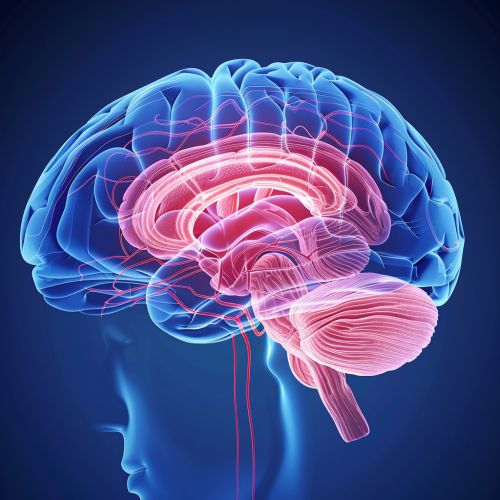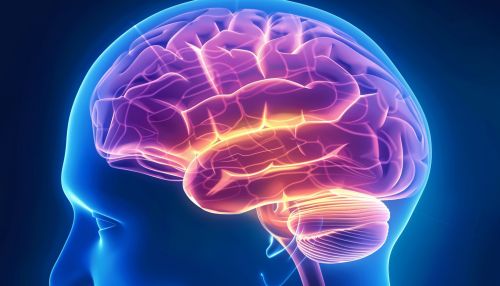Reticular Activating System
Overview
The Reticular Activating System (RAS) is a complex structure of neurons located within the brainstem. It plays a crucial role in regulating arousal and sleep-wake transitions, and is involved in a variety of other physiological processes, including motor control, sensory processing, and cardiovascular control learn more. The RAS is also implicated in several neurological and psychiatric disorders, such as Parkinson's disease, depression, and schizophrenia learn more.


Anatomy
The RAS is composed of several distinct nuclei and pathways that span the length of the brainstem, from the medulla oblongata to the midbrain. These include the reticular formation, the raphe nuclei, the locus coeruleus, and the pedunculopontine nucleus learn more. Each of these structures contributes to the overall function of the RAS and is involved in different aspects of arousal and consciousness.
Function
The primary function of the RAS is to regulate the transition between sleep and wakefulness. It accomplishes this through a combination of excitatory and inhibitory signals that modulate the activity of the cerebral cortex and other brain regions involved in arousal and attention learn more. The RAS also plays a role in motor control, sensory processing, and cardiovascular control.
Clinical Significance
Abnormalities in the RAS can lead to a variety of neurological and psychiatric disorders. For example, damage to the RAS can result in coma or other disorders of consciousness. The RAS is also implicated in Parkinson's disease, depression, and schizophrenia, and is a target for several drugs used to treat these conditions learn more.
Research
Research on the RAS has contributed to our understanding of sleep, consciousness, and a variety of neurological and psychiatric disorders. Current research is focused on elucidating the precise mechanisms by which the RAS regulates arousal and consciousness, and on developing new treatments for disorders associated with RAS dysfunction.
